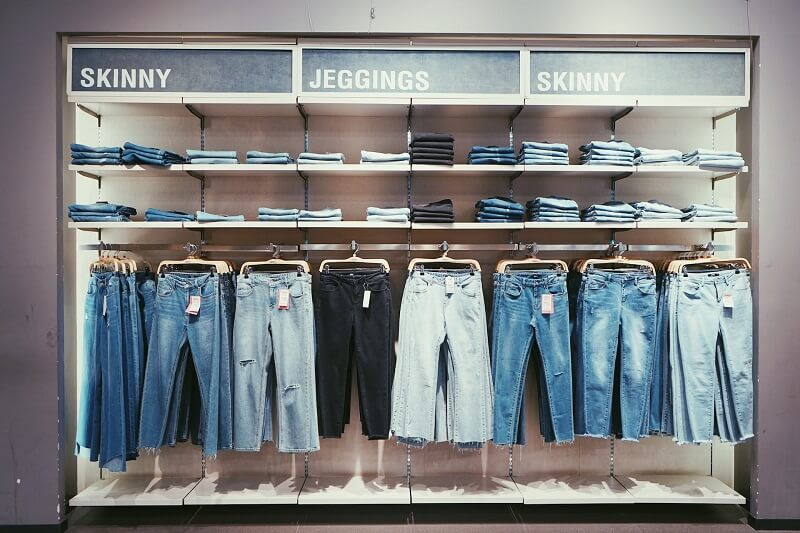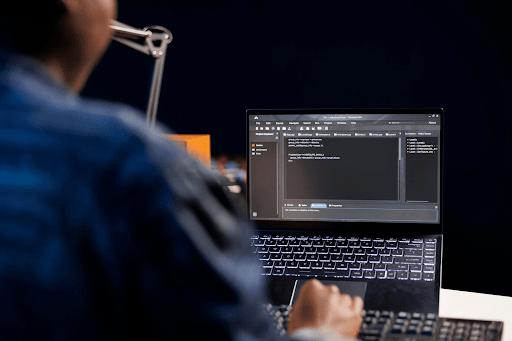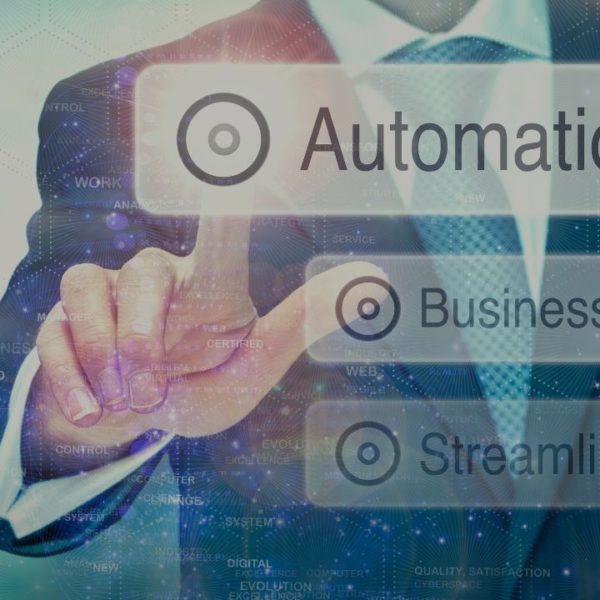An Apparel ERP (Enterprise Resource Planning) solution is a must-have tool for every modern apparel and fashion business looking to improve operational efficiency, reduce cost, and boost profitability.
The reason is simple: as the Apparel industry continues to grow at an astronomical pace, using outdated systems and methods will no longer cut it. According to Statista, the apparel industry generated a whopping 1.5 trillion USD in 2022 alone. That value is projected to hit 1.7 trillion by the time 2023 winds up, signifying a 13% year-on-year growth.
These stats give a hint of just how big this industry is and how fast it’s growing. This presents an ample opportunity for apparel businesses, including retailers and production outfits.
As a business looking to capitalize on this growth and profit from it, arming yourself with the right tools is important. This is where an ERP comes in handy.
Table of Contents
Why ERP is a Game Changer for the Apparel Industry
Leveraging an ERP solution to run your apparel business can impact your business positively in many ways.
For starters, running an apparel business requires managing several moving parts efficiently. These parts consist of inventory, order, materials, warehouse, and customer relationship management. Utilizing an ERP enables you to manage all these components from one spot, reducing errors and at the same time improving efficiency.
Another reason why investing in an ERP system makes business sense is that it serves as a single source of truth by providing you with actionable insights into every facet of your business. As such, making decisions that improve business performance and uplift profits would become easier.
Benefits of ERP for the Apparel Industry

Streamlined Operations
One of the major benefits of utilizing an ERP is that it enables you to manage your business processes and operations seamlessly and quickly.
For instance, if you have a digital storefront on Shopify, you can easily process orders from Shopify in your ERP solution, thus ensuring customers’ orders are shipped out faster.
Additionally, leveraging an ERP makes managing your inventory a breeze, thus lessening the chances of stockouts and overstocking.
Centralized Data Visibility and Analysis

Making sound business decisions would be near-impossible if you don’t have accurate visibility into your operations and inventory. This is another key area where an apparel ERP solution comes in useful.
By integrating into productions, sales, warehousing, and inventory management operations, these solutions provide you with the data visibility and analytics you need to make decisions that improve business outcomes.
Easy Receipt Generation & Payments
Generating receipts, invoices, and payment documents becomes a hassle-free experience when you manage your business with ERP software.
Besides generating invoices, you can also generate pick tickets, credit notes, order shipment documents, vendor invoices, etc. without much trouble. And you can do all these with a few clicks of the button.
Reduced Operational Costs
A lot of repetitive operations are involved in managing an apparel business. A good example is manually checking in materials and finished goods received from suppliers. Performing these tasks manually will require hiring more hands, which can move operational costs further north.
But by using an ERP, you get to automate most of these operations, eliminating the need to hire more hands and reducing costs.
Improve Customer and Supplier Relationships
Nothing frustrates customers more than when they have to wait too long to receive their orders. Or worse, receive packages different from what they ordered.
Utilizing an ERP smoothens your order fulfillment operations by minimizing delayed and erroneous fulfillment. This in turn leads to better customer satisfaction.
Additionally, it lets you manage relationships with your customers and suppliers, leading to a better brand reputation.
Better Strategic Planning
One of the most challenging parts of managing an apparel production outfit is planning material requirements for a production run. If the material is in excess, you will incur a lot of losses. If it is below the minimum requirement, you will incur shortages, which might result in customer dissatisfaction.
Using an ERP to plan your materials can mitigate these negative outcomes, improving operational efficiency and brand reputation.
Improved Inventory Management
Still not convinced about replacing your older systems with ERP software? You are missing out on one vital benefit: smooth, efficient inventory management. Using an ERP enables you to track and monitor your inventory as they transit across your warehouses and storage bins.
Additionally, it gives you an overview of your finished products as they move across your sales channels. That way, you can easily see products that are selling well and those that aren’t, allowing you to make better business decisions.
Increase in Sales
Making more sales and increasing your revenue is naturally your major goal as a business. To achieve this goal, you need a system that allows you to sell on multiple platforms, including online wholesale outlets like JOOR, easily.
This is also another area where you will need an ERP like Uphance. Doing so enables you to push products across Shopify, WooCommerce, The Iconic Marketplace, etc. with a few clicks of the button.
The cool part is that you can adjust your prices in real-time across your channels easily.
Flexibility
Running your business with an ERP gives you the chance to enjoy unlimited flexibility, especially as your business begins to grow.
This is because most of these systems have a modular structure, which means you can add more features to accommodate your needs as your business grows, and take out those you don’t need.
On top of that, these systems are robust enough to accommodate whatever you throw at them. This means you don’t have to procure additional systems as your business begins to scale.
Real-time Reporting
Basing your decisions on guesswork rather than accurate, reliable data can have dire consequences for your business. Using an ERP system gives you access to accurate reporting in real-time, hence eliminating the need for guesswork.
Moreover, these systems can furnish you with detailed reports about every aspect of your business, including sales, inventory levels, goods receipt, returns, and many more.
Most Useful Features of Apparel ERP Software

Production Management
A Production Management module is one of the important features every apparel ERP must have. Without it, managing orders you place with your manufacturer will be stressful. Plus, you will find it hard to monitor the production status of your orders.
Product Lifecycle Management
A good ERP should make it easy to manage your products as they transition from the initial ideation stage to entry into the market to eventual phasing out when the demand for them fades away.
But this can only happen if your ERP of choice has a robust Product Lifecycle Management (PLM) module. So when picking software for your business, be sure it has a PLM feature.
Customer Relationship Management
A CRM feature is another critical feature that shouldn’t be missing from your ERP. The reason is simple: without it, managing your customers’ contact information as well as your communication with them will become a nightmarish experience.
Order Management
You need a system that is robust enough to help you manage customers’ orders across all your retail channels, and fulfill them seamlessly.
In addition, such a system should be capable of managing your invoices, pick tickets, shipments, product returns, etc. This is where an Order Management feature comes in useful.
Inventory Management
What’s the point of using an apparel ERP if it can’t help you manage your inventory? By inventory, we mean your finished goods and raw materials for production.
Warehouse Management
Lastly, Warehouse Management is another vital feature the right ERP should have. This feature enables you to track and manage your inventory in your warehouse (or a third-party warehouse), tracking them in real-time as they transition across storage bins.
Conclusion
There you have it; 10 benefits an ERP software offers to apparel businesses and the key features to look for when looking to pick one for your business.
We hope you found this post useful. If you did, be kind enough to share.

I am a passionate, adventurous, and insatiate learner who loves to write about the latest technology trends. My experience working in an MNC has motivated me to understand that there are certain niche requirements for writing strategically about brands’ messages towards people’s interests which I’ve mastered over time through trial and error of many projects under various clients across diverse industries. It is my honest effort to put my experiences and knowledge of industry towards readers.






